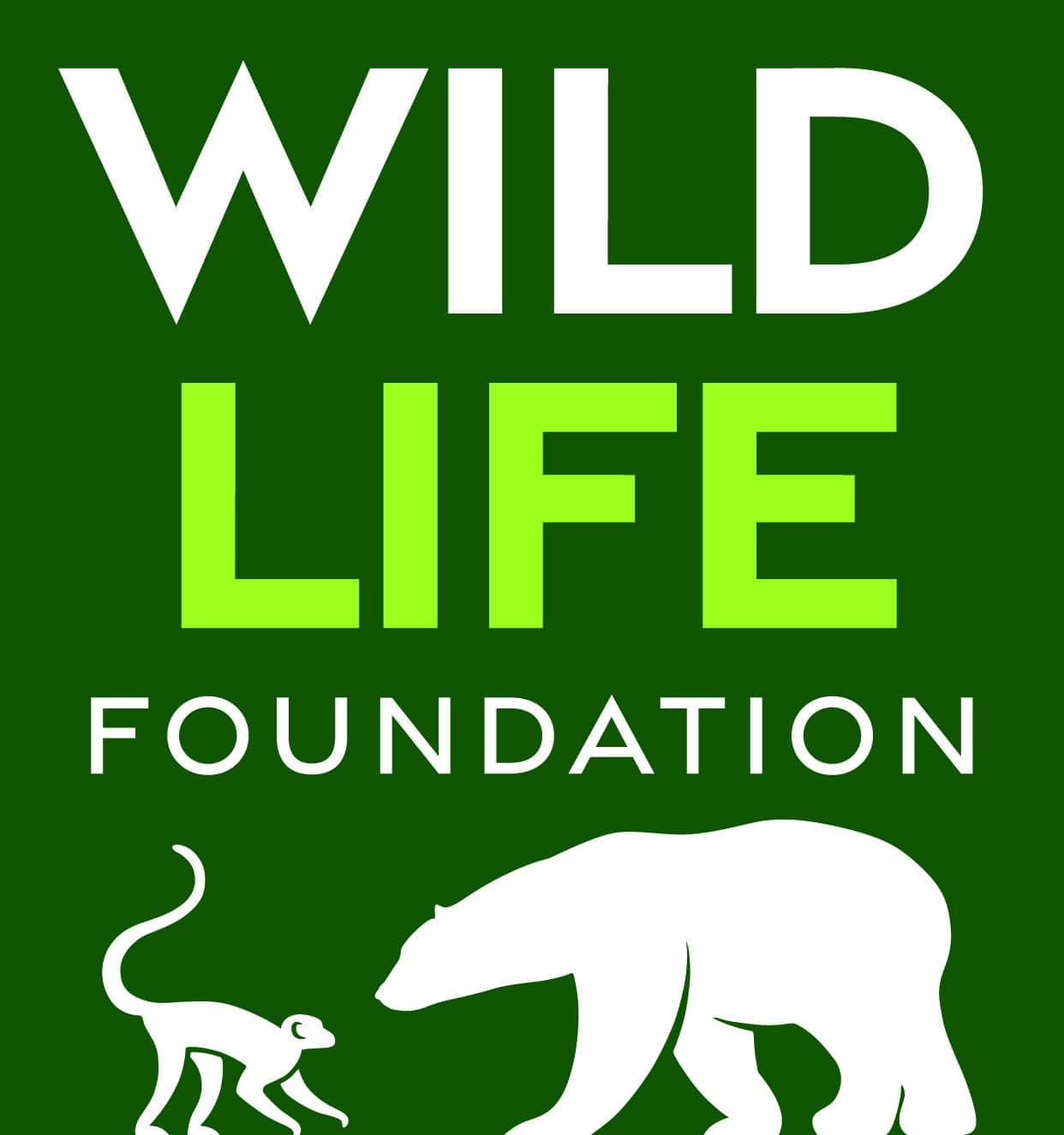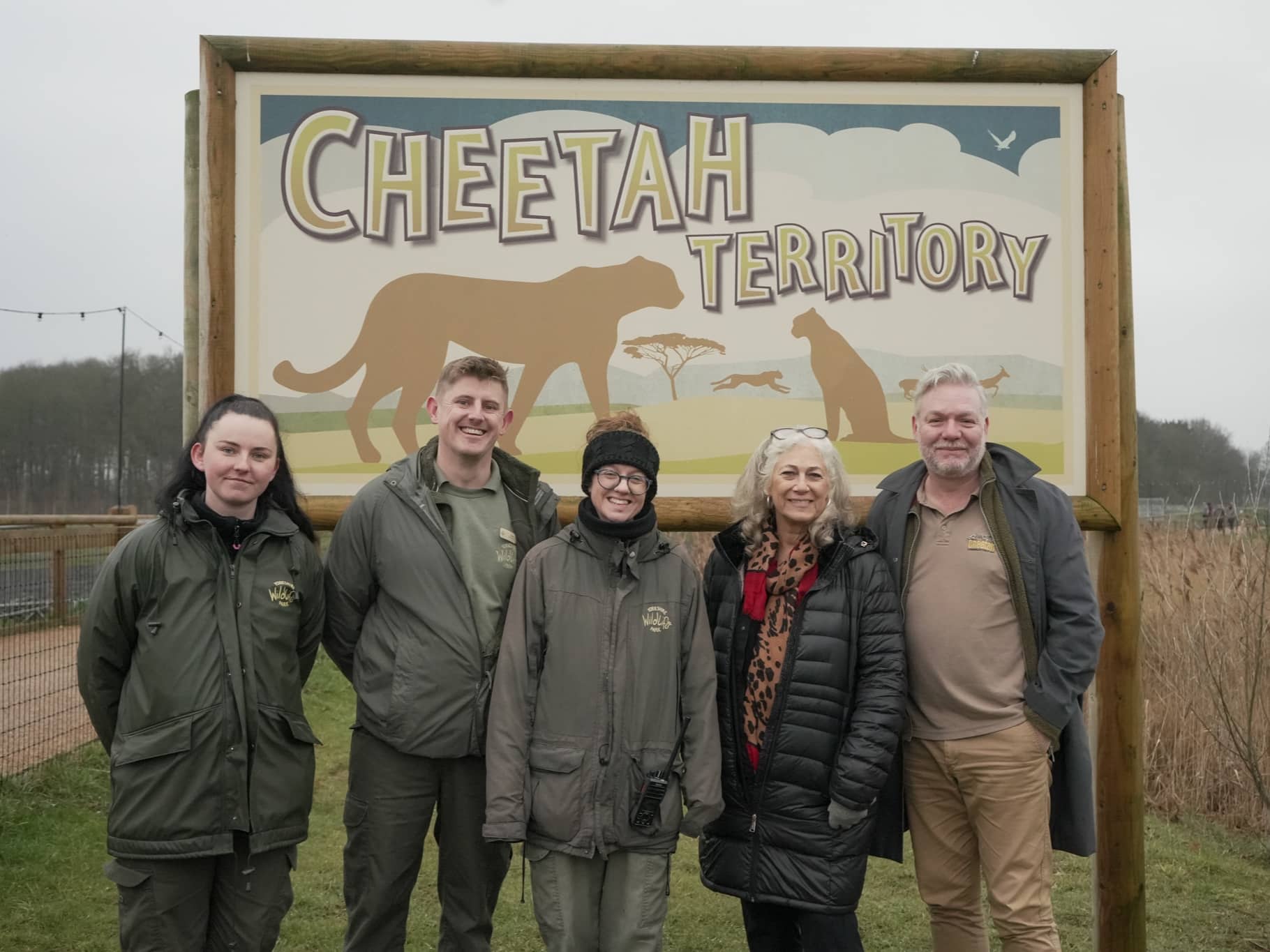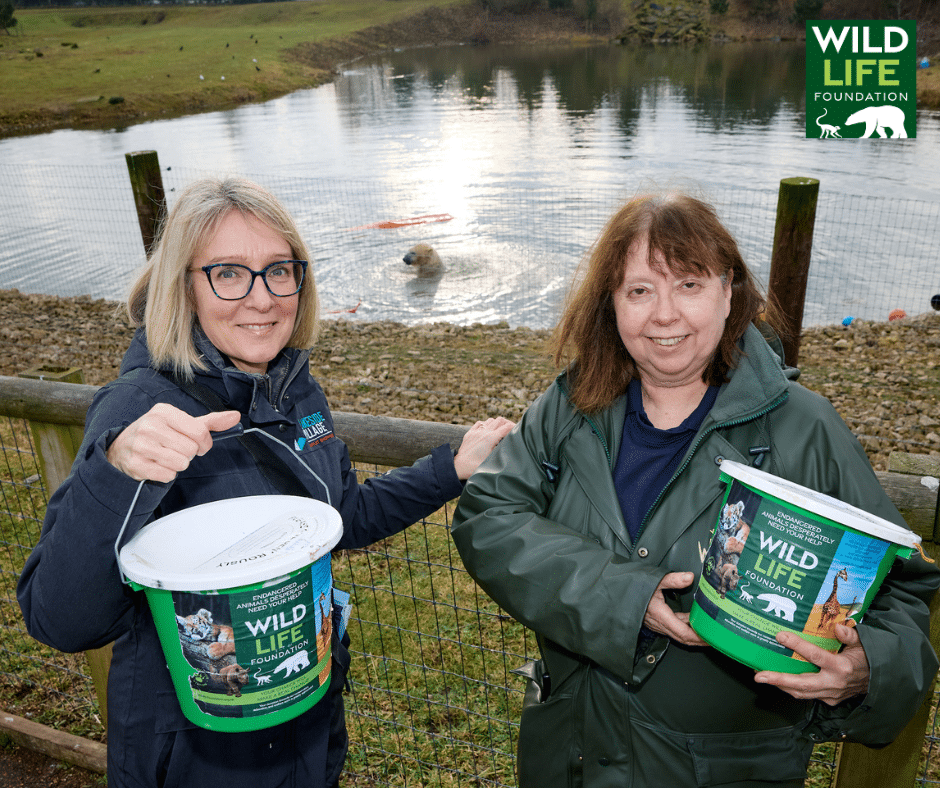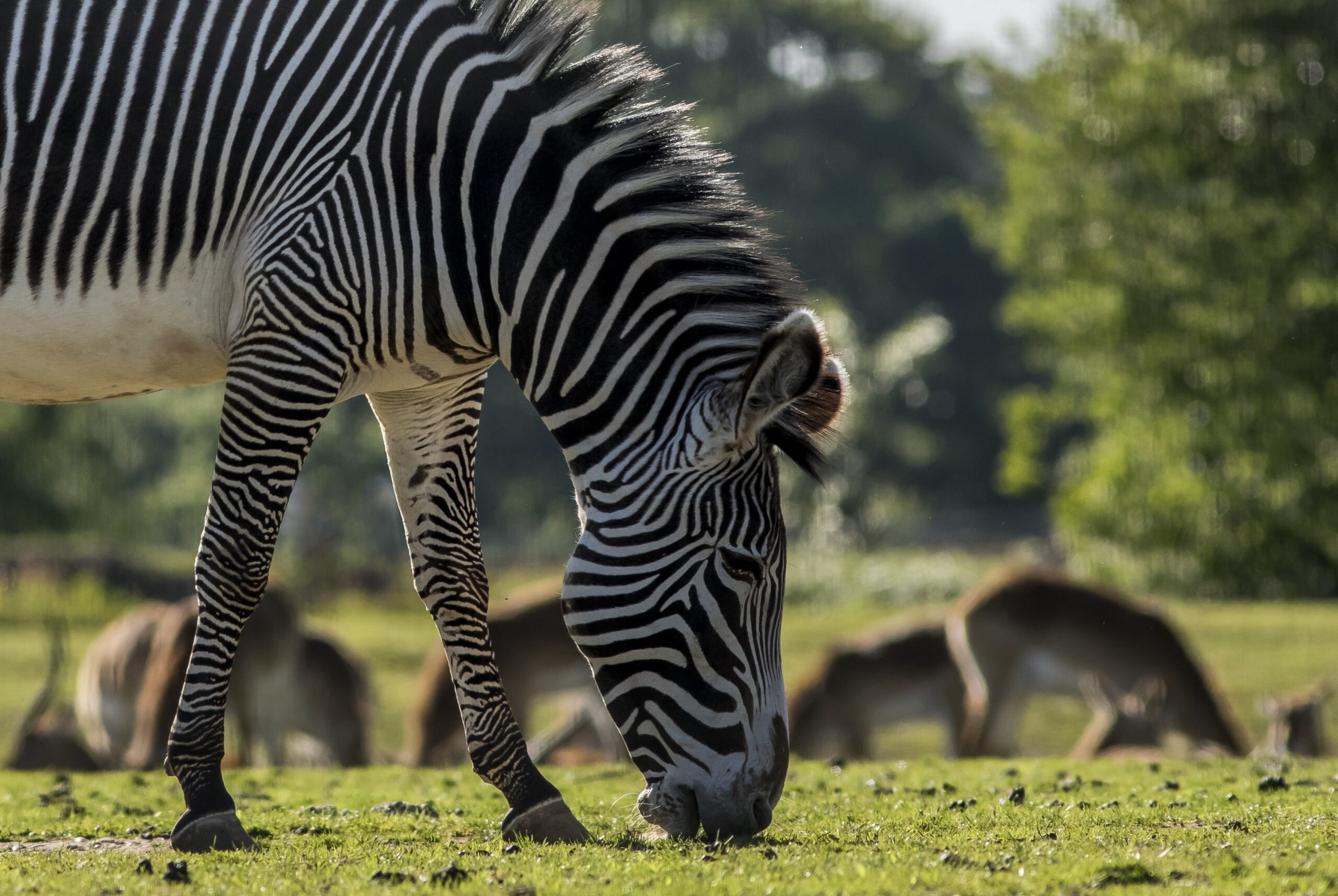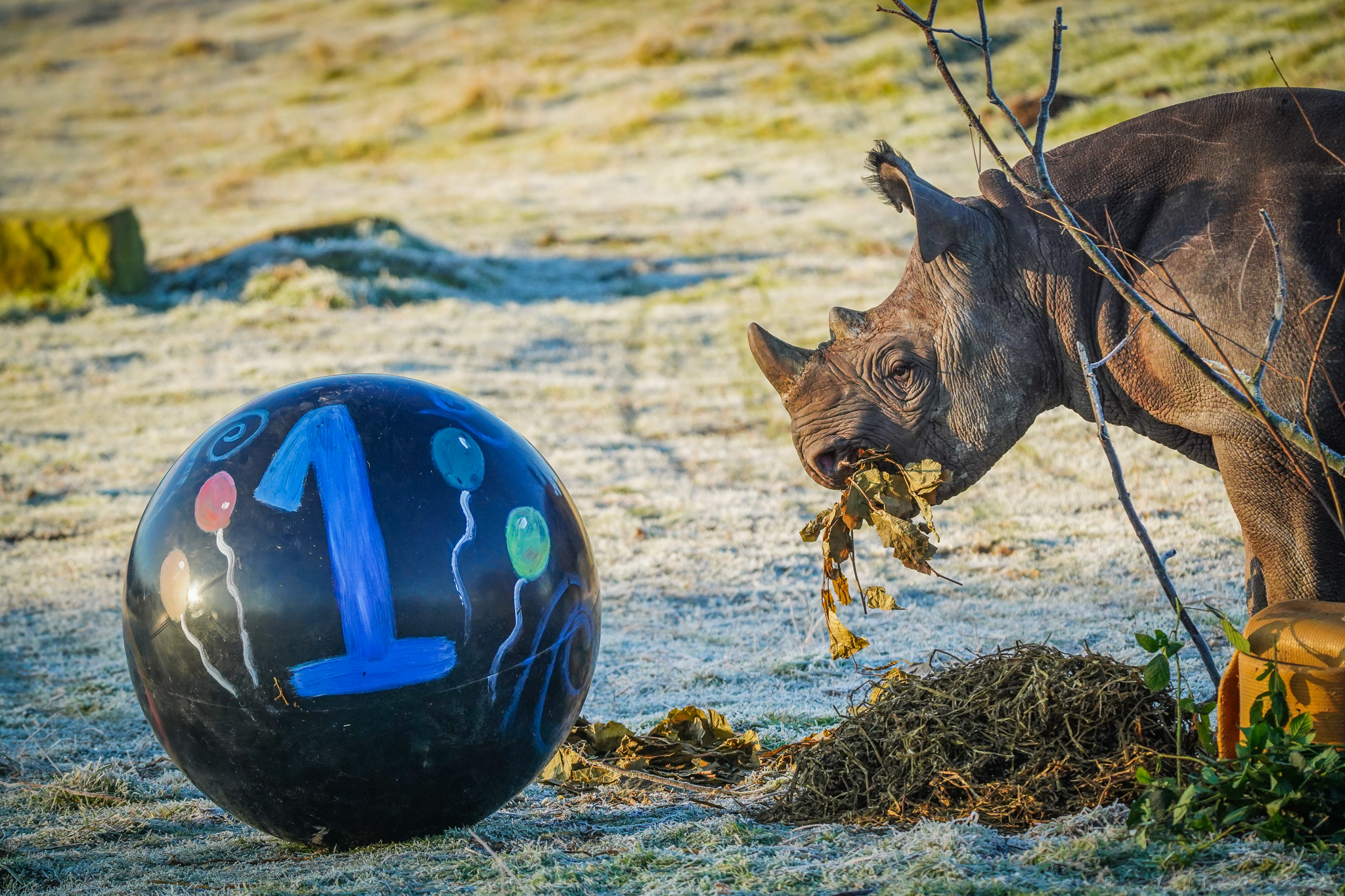Every year, on the last Wednesday of May, conservationists celebrate World Otter Day, established by the International Otter Survival Fund (IOSF). This day draws attention to otters, celebrates their unique charm, and raises awareness and support for their global conservation.
At WildLife Foundation, we proudly support the giant otter, one of the 13 otter species. All though it may come as a surprise, Giant otters are on the IUCN red list and are classed as endangered. We work with our partners at Instituto Araguaia to protect giant otters in the Araguaia River in Cantão State Park, near the Amazon Basin in Brazil. Our efforts include research, population monitoring, and preserving fish stocks to ensure a stable food source for the otters.
World Otter Day reminds us of the urgent need to protect these fascinating animals and their habitats. We want to celebrate this day and raise awareness by sharing some facts about Giant Otters.
The giant otter was discovered by German naturalist Johann Friedrich Gmelin in 1788, (Pteronura brasiliensis) and has been known by various names, including the Guiana flat-tailed otter, margin-tailed otter, and winged-tailed otter. These names reflect its distinctive, broad, flattened tail, which enhances its swimming and maneuverability. Gmelin’s classification of the giant otter highlighted the rich biodiversity of South America and laid the foundation for further research and conservation of this unique and endangered species.
Giant otters can hunt alone , in pairs, and in groups, relying on their sharp eyesight to locate prey. They prefer prey fish that are generally immobile on river bottoms in clear water. They chase prey rapidly and tumultuously, with lunges and twists through the shallows and few missed targets. They do not store their food, instead they seek a peaceful place, otherwise known as a picnic spot, to eat their prey.
The Giant otter has no serious natural predators other than humans, although it must compete with other predators, such as the Neotropical otter, jaguar, and various crocodilian species, for food resources.
Giant otters are exceptional swimmers, capable of swimming 330 feet (100 meters) in under 30 seconds. This impressive speed is due to their streamlined bodies, webbed limbs, flexible spines, and rudder-like tails, which reduce water resistance and enhance manoeuvrability. These adaptations are crucial for hunting agile prey like fish, coordinating group hunting efforts, and navigating the diverse aquatic environments of the Amazon, Orinoco, and La Plata River systems.
Habitat fragmentation and loss due to logging, mining, and damming, along with pollution, are major threats to the giant otter. Previously, the species was heavily hunted for its fur until the late 1970s. Today, illegal killing by fishermen, who view them as competition for fish, still occurs, and some wild pups are captured for the pet trade, often resulting in their death due to inexperienced care.
Giant otters (Pteronura brasiliensis) are monogamous, forming lifelong bonds with a single partner. These pairs work together to raise their offspring, sharing responsibilities such as hunting, protecting the den, and teaching survival skills. Family groups, consisting of the monogamous pair and their offspring, are highly territorial, with the pair actively defending their territory against intruders. Mutual grooming and vocal communication strengthen the bond between partners and within the family group, facilitating cooperation and social harmony. This monogamous nature fosters stable family units and ensures the successful rearing of young otters in the wild.
As we commemorate World Otter Day, let’s not forget the invaluable role that these creatures play in sustaining our aquatic ecosystems. Their presence serves as a barometer of environmental health, signalling the vibrancy of their habitats. As we cherish these aquatic mammals, it’s crucial to acknowledge the challenges they face and the urgent need for conservation efforts. If you’re inspired to make a difference and support the future of giant otters, consider contributing to the WildLife Foundation. Your donation can help ensure the continued protection and well-being of these majestic animals for generations to come.
